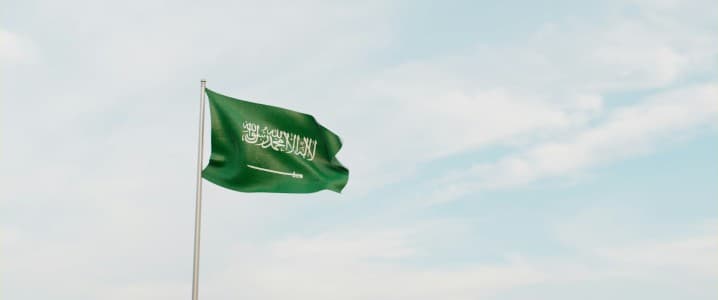After two years of playing the role of OPEC+ model citizen, Saudi Arabia has decided it’s time to loosen the tie—at least according to the IEA.
According to the International Energy Agency, the Kingdom overshot its June production quota by a whopping 700,000 barrels per day, pumping 9.8 million bpd—the highest in two years.
OPEC’s official production figures are due Tuesday, and some analysts have already suggested they’ll show near-perfect compliance. But speculating about manipulated data before it’s released feels more like a side effect of being shut out of the Vienna meeting than meaningful analysis.
Saudi Arabia has mostly adhered to its targets for the past two years—and while the recent spike warrants scrutiny, it doesn’t automatically equal deception.
Riyadh claims the bump in exports and refinery runs wasn’t about breaking ranks, but simply moving barrels amid regional tension. Yet the IEA sees rising exports, climbing refinery activity, and growing stockpiles—three signals that don’t point to shell games but real production gains.
All of this lands days after OPEC barred five major Western media outlets—Bloomberg, Reuters, the New York Times, the Wall Street Journal, and the Financial Times—from its meeting in Vienna. OPEC gave no public explanation, but the list bears a striking resemblance to the outlets most critical of the cartel’s market influence and most supportive of the energy transition narrative.
It’s also not lost on anyone that Bloomberg—one of the uninvited—was one of the first to hammer the IEA’s version of Saudi overproduction numbers.
To be fair, Saudi domestic demand does spike during the summer, and exports to China are also hitting a two-year high, with Aramco shipping 51 million barrels in August—moves that arguably justify some quota stretching. But 700,000 barrels per day isn’t a rounding error. It’s a statement.
Whether the media bans were about controlling narratives or just cutting press line queues, the optics are brutal. And when the world’s largest crude exporter starts quietly testing the fence—and closing the blinds—it’s not just the quotas that look shaky. It’s the credibility.
By Julianne Geiger for Oilprice.com
More Top Reads From Oilprice.com:

